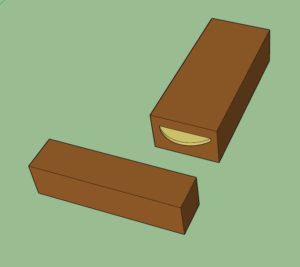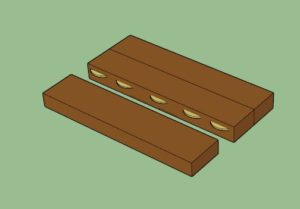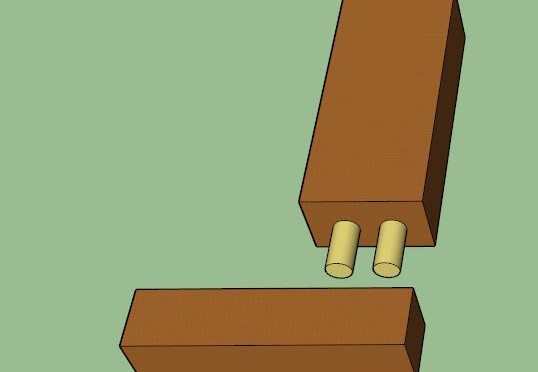Quick examples & definitions of basic wood Cuts and Joints
A cross cut is a cut across the grain of a board.
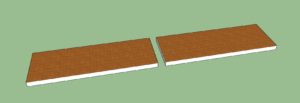
A rip cut is a cut along the grain of a board.
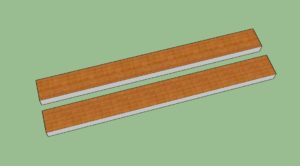
A rabbet cut is a stepped cut on the edge of a board
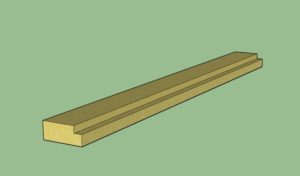
A dado cut is a groove on a face of a board, usually used for the edge of another board to rest.
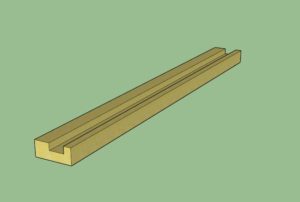
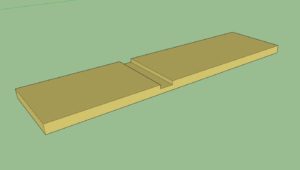
A bevel cut is an angled cut along the edge of a board
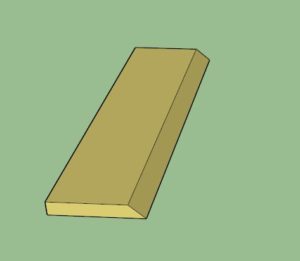
Some common woodworking Joints:
A butt joint is the simplest joint to make. It is made when two boards are joined by putting the end of one board against the edge of another. It is a weak joint, and will need reinforced with dowels, splines or pocket screws.
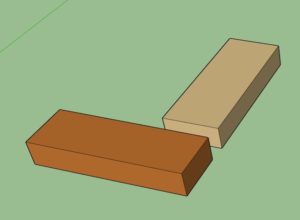
A Tongue and Groove joint is made by joining two boards on edge. One board has a groove, or slot, along an edge. The other board has a thin ridge along its edge that fits into the slot. This is a very strong joint and is used in flooring and paneling. (This was used to join the boards on the back of the Hall Tree)
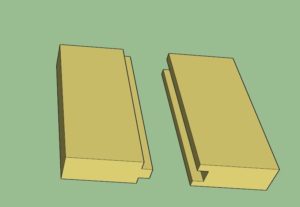
A miter joint is made by joining two boards on their ends, which have been cut on a bevel, usually 45 degrees, to form a corner. This is how picture frames are joined as well as most door/window trim outs. This is a weak joint, that can be strengthened with a spline or dowels.
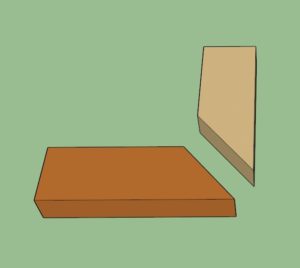
A doweled joint is any joint where dowels are used to reinforce the joint. Holes are drilled into the pieces and wooden pins are glued into those holes.
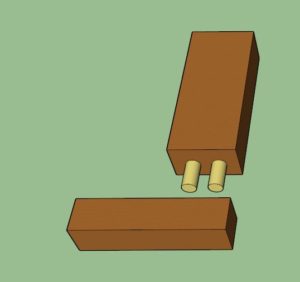
A biscuit joint is made with a football shaped sliver of wood, that is inserted in matching slots cut into wood. These can be used to strengthen joints, or to help align them. They can be used to glue two boards at 90 degrees (boxes or frames), or to join boards together to make a panel (table top).
